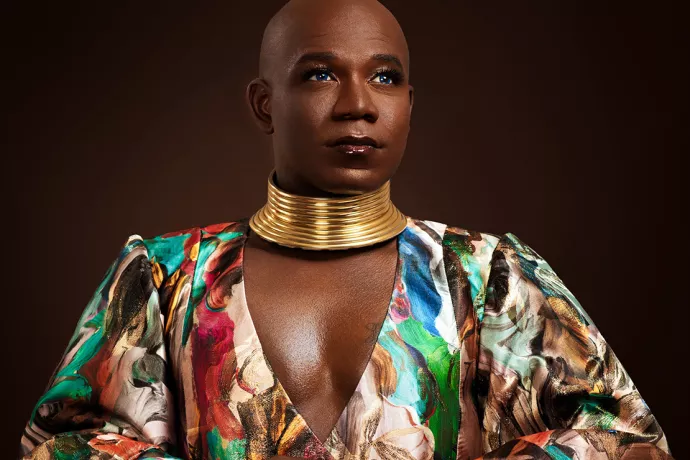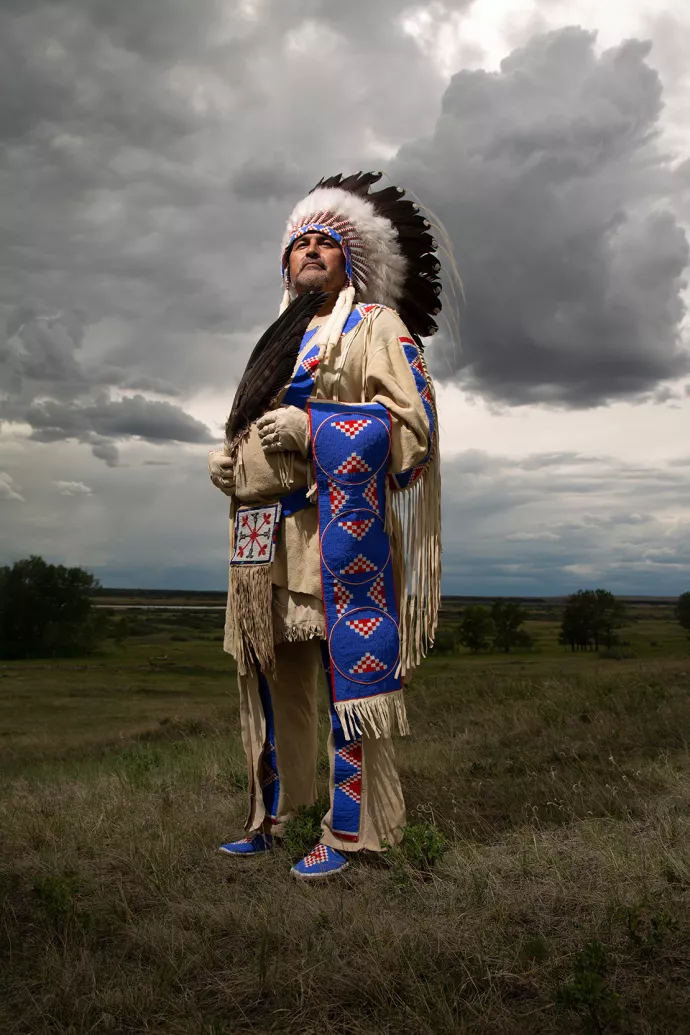
A refuge from toxic rhetoric: Blackwood Gallery explores a better world with Artists-in-Presidents
What does power sound like? Who typically embodies it? And what results have these performances yielded? Are we satisfied with the world they’ve brought about? Oh, we’re not? Then why don’t we try something a little different?

Constance Hockaday’s project Artists-in-Presidents: Transmissions to Power arises from roughly this line of inquiry. Commissioned by U of T Mississauga’s Blackwood Gallery, the Chilean American artist has invited 21 artists to record their own presidential addresses, imagining the future under their lead and how they’d enact this vision.
Every Friday through Dec. 17, a new audio transmission is released (both on the gallery’s homepage and the project’s dedicated website) along with a presidential portrait of the week’s new Artist-in-President. The artist calls the project “a public exercise in the performance of leadership;” she asked each respondent to “perform the kind of leadership you and your relations need to experience most.”
Artists-in-Presidents was originally inspired by Franklin D. Roosevelt’s “fireside chats” — the series of evening radio addresses the Depression-era chief broadcast to the nation, making him the first U.S. president to speak so intimately and directly to the American people. The first iteration of Artists-in-Presidents ran simultaneous to the 2020 U.S. election as a “refuge,” Hockaday says, “from all of the toxic rhetoric in the world at that moment.” What formed was an incredible portrait of the time, but the artist felt there was more to explore, especially outside the American context, so she decided to run the experiment once more.
Partnered with the Blackwood, Hockaday called upon creative visionaries, including artists, writers, poets, educators, journalists, human rights defenders, decolonial scholars, community organizers, and choreographers, from all over the globe, to make their proposal for a better future.
One transmission, for example, “indigenizes” JFK’s 1961 inaugural address. Another imagines an exit from extractive capitalism. One more implores listeners to get into the dirt and “spend some time with the bugs” to better understand our connection to the Earth and all its citizens.
The individual artist-presidents aren’t campaigning for your vote. “There is no one vision that will heal us,” says Blackwood Gallery Director and Curator Christine Shaw. Rather, the project is about multiplying and diversifying visions of leadership and learning to listen to many voices at once.
Days after Artists-in-Presidents launched in early August, Prime Minister Justin Trudeau announced that Canadians would be heading to the polls, and suddenly the familiar political messaging — of precisely the sort Hockaday’s project counters and critiques — revved up once more. “If anything,” Shaw says, “the federal election reiterated for us the dire need to hear the various visions articulated by these Artists-in-Presidents, particularly in their emphasis on practices of care, mutual aid and repair that affect any performance of democracy.”
Hockaday focused her invitation on artists because, she says, their work makes them adept communicators of what’s not easily articulable and what hasn’t yet been articulated. “I think artists are really good at chasing a feeling through the dark until there's light on it.”
But the project also suggests that this exercise of envisioning the world one wants and what it might take to bring about isn’t exclusively the province of politicians. It is a game that everyone can — and should — play. What it reveals, Shaw says, is that to affect change “requires incredibly difficult collective work that carries a ton of responsibility. And we are all responsible for the kind of change we desire.”
